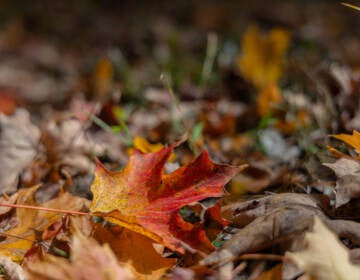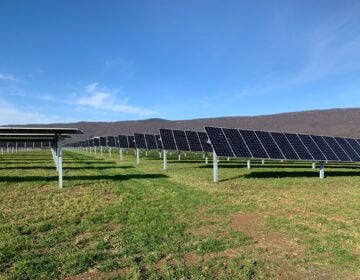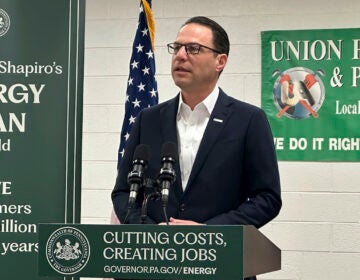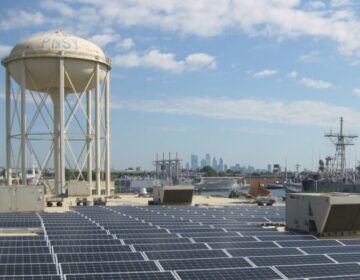Pennsylvania program helps residents, businesses convert lawns to meadows
Environmentalists say lawn conversions prevent flooding and runoff pollution, and provide habitat for pollinators and birds.
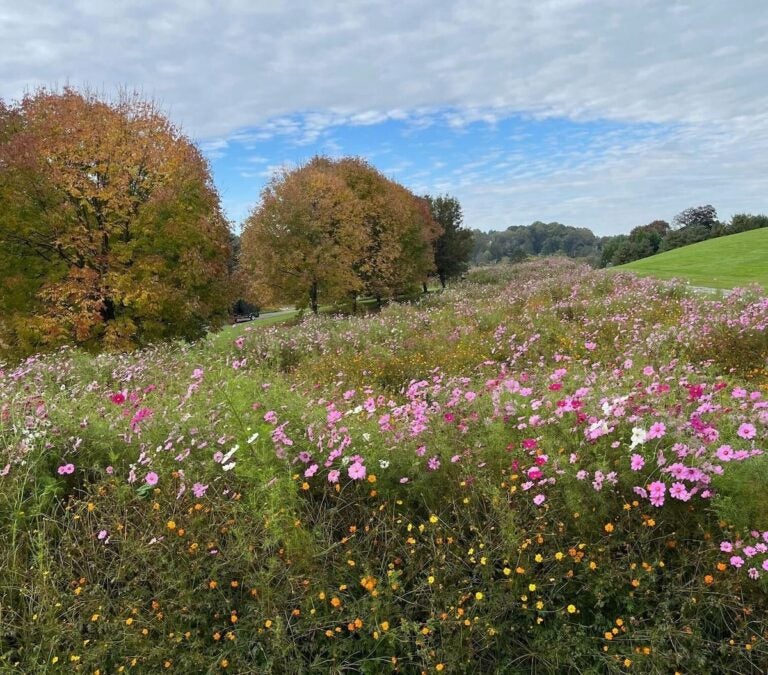
The Twin Oaks community in Chester Springs received funding to convert its lawn to a meadow. (Courtesy of Jim Freed)
This story is part of the WHYY News Climate Desk, bringing you news and solutions for our changing region.
From the Poconos to the Jersey Shore to the mouth of the Delaware Bay, what do you want to know about climate change? What would you like us to cover? Get in touch.
For years, perfectly manicured lawns have been a symbol of the American landscape.
But environmental scientists say turf landscapes can contribute to runoff pollution, and reduce the natural habitat for pollinators and birds.
So, the Pennsylvania Department of Conservation and Natural Resources is offering funds for residents and businesses who want to convert their lawns to meadows. These peaceful habitats with native grasses and wildflowers have a number of environmental benefits.
“Lawn conversion intends to improve water quality, air quality, provide habitat to support wildlife and pollinators, and it also sequesters carbon,” said Kelsey Mummert, the program’s coordinator.
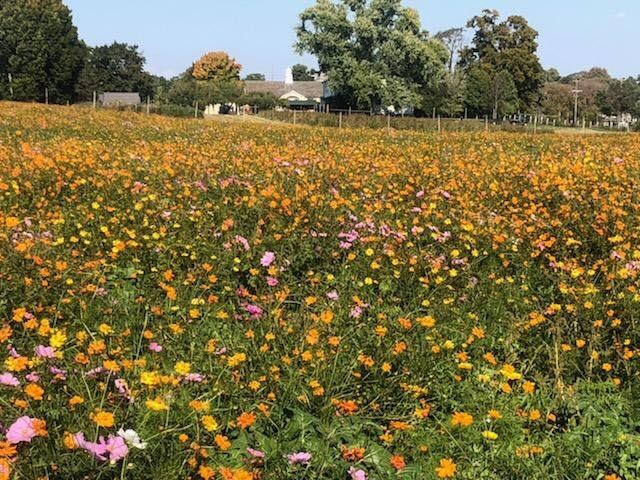
The initiative began in 2020, but interest from residents, businesses and nonprofits has increased this year, Mummert said. Lawn owners can contact the department for lawn conversion resources, or seek funding to pay for the landscape work. Out-of-pocket costs for lawn conversions can range between $2,000 and $5,000 an acre, according to landscapers.
The Twin Hills development in Chester Springs received financial assistance through the program this year, and residents already are witnessing the meadow’s benefits.
“You can hear the bees, and can see the bees and the butterflies — and the beauty that it has created on the edge of the property is just phenomenal,” said Jim Freed, who is on the board of directors for the community.
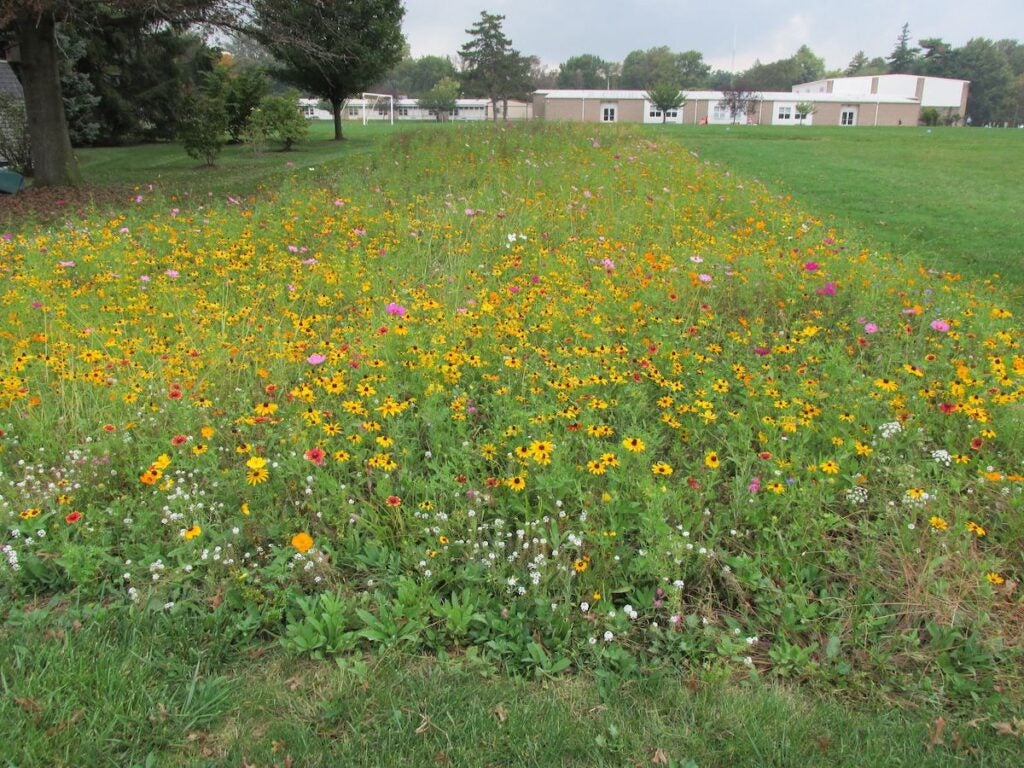
Mummert said the program significantly benefits highly developed areas, which are prone to stormwater runoff pollution and flooding. Unlike turf grass, which has shallow root systems, meadow grasses have larger root systems, which help soak up water.
“Where I live, there’s a whole lot of lawn, and during heavy rain events you can just watch the water running off in sheets towards the road,” Mummert said. “So these native plants are facilitating that water soaking into the ground and reducing the flooding events.”
Lawn conversions also help landowners save money, because meadows don’t have to be mowed as frequently, she added.
It can take three to four growing seasons for a meadow to reach maturity, said Drew O’Neill, vice president of Weeds, Inc., which partners with the state to complete the conversions.

He said bloom times for meadow flowers vary over the course of the season, offering a natural kaleidoscope for those who enjoy them.
“You’ll get an actively growing meadow from roughly April through the end of October, giving you different views, textures and colors,” O’Neill said.
There are two million acres of lawn in Pennsylvania. O’Neill said the more acres that are converted, the greater the environmental benefits will be, but added that no lawn is too small to convert.
WHYY is your source for fact-based, in-depth journalism and information. As a nonprofit organization, we rely on financial support from readers like you. Please give today.




